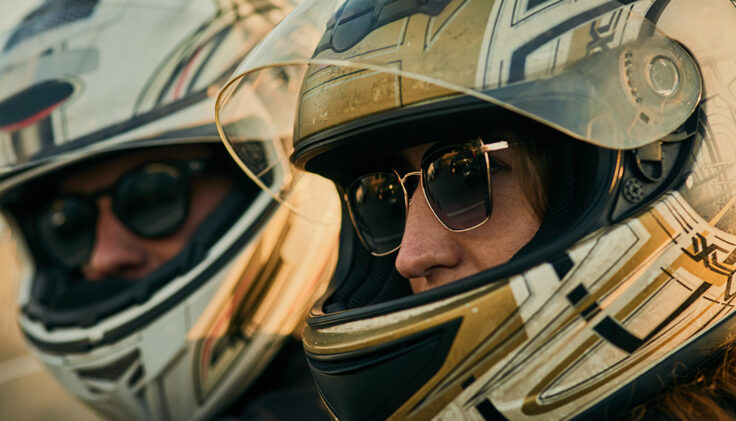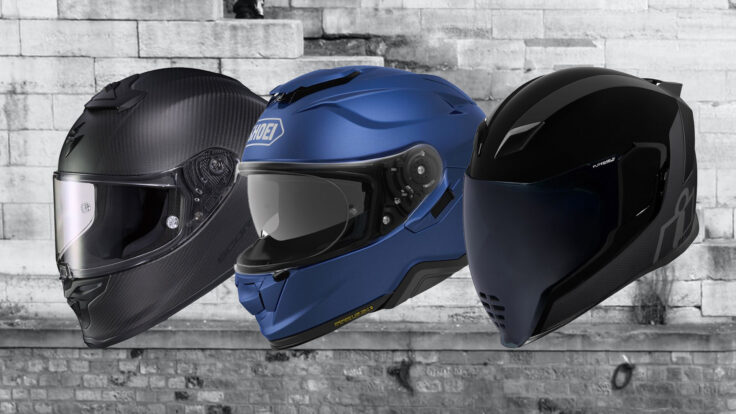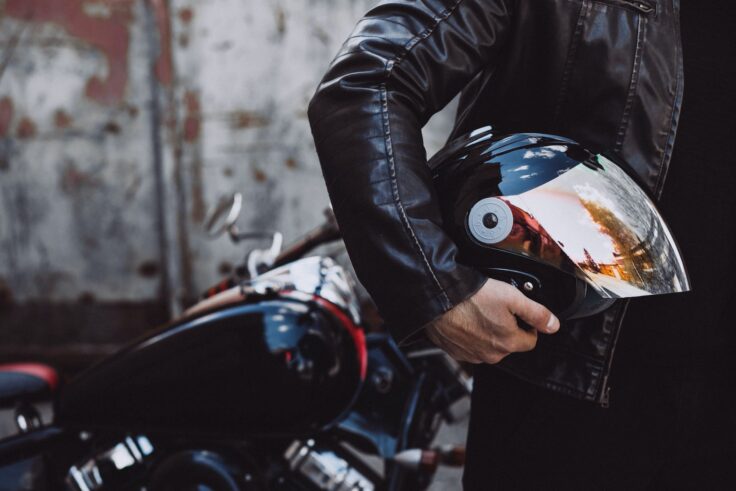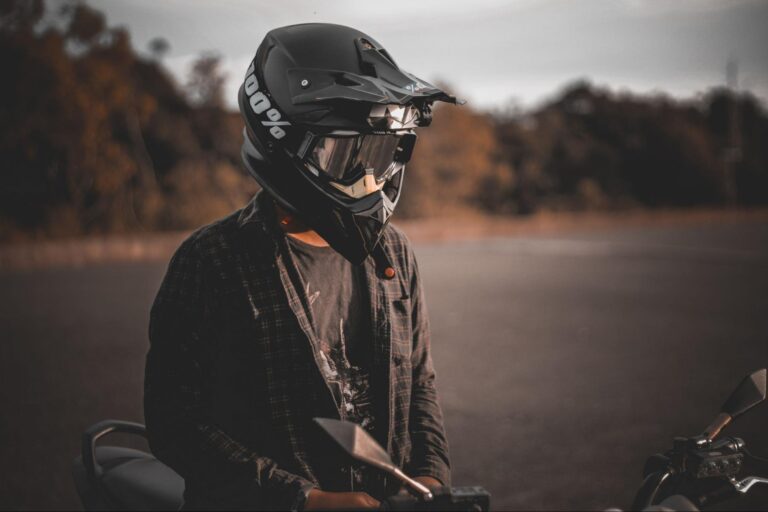Helmets are the most important safeguard for riders. With the helmet on, there are fewer chances of head injury and overall death rates. However, it is for the absolute safety of a rider to choose the correct size of helmet.
In case of an accident, helmets protect from the force applied to the brain, cuts, skull fractures, and cracked facial bones, lowering the probability of severe damage to the rider. These helmets come in various colors, sizes, and styles. Depending on the needs of the motorcyclist, many options are available. For the best helmet styles, find here at reasonable rates.
Is Wearing The Correct Helmet Size Important?

Want to purchase a helmet but don’t know what points to consider before making a purchase? Buying the right helmet isn’t just about your favorite color or size but the utmost safety of the rider in the event of an unpleasant happening. There are several factors to keep in mind before buying the correct helmet. Let’s look at them one by one.
● Pick A Style Of The Helmet

Motorcycle riders can find many helmet options in the market. It is most important to select the proper fit according to head size to provide maximum protection. They can choose from five types of motorcycle helmets. Each of these has certain benefits to offer for every motorcyclist’s needs.
- The open-face is an easy-to-fit and a little less protective helmet. The outer layer of this gear does not shield the chin or face of the rider. It is basically a half-helmet or a three-quarter helmet covering only the skull. Being slightly cheaper in rates, it does not have major features. This gear is mostly worn on cruisers and old, traditional motorcycles.
- Then there is a full-face helmet option that completely provides protection to the rider’s head. This is the best option on the racetrack. Almost every street bike is commonly equipped with a full-face motorcycle helmet. For street motorcycles, aerodynamics is key, while motocross helmets are a bit bulkier to provide protection.
- For on-and-off-road travel, there is ADV, or adventure helmet. This type of helmet has characteristics for both adventures as well as sports. ADV gear has a face shield and a safety rating that is street-legal.
- Another option is the dirt helmet. Rating for these helmets from The Department of Transportation (DOT) is not essential hence they are not allowed in public areas. A dirt helmet is advisable only for off-road riding and not for city streets. They provide proper ventilation, which is a benefit for the rider.
- The next type is modular helmets. This helmet has the advantages of both open-face and full-face helmets. For example, a rider on a riding tour might prefer open-face comfort while stopping for lunch, whereas he would opt for full-face protection on the road. With modular helmets, convenience is preferred even with their extra weight.
● Check The Shape And Size Of Your Head

The next step after deciding the helmet type is to determine the shape of the head. Different people have different head shapes and sizes. For example, long oval, middle oval, and round oval. What can be done is to ask someone else to take a picture of the head from a higher level to get the perfect image of the shape of the head.
When the right shape is found, the next step is to find the right size. To find that out, ask someone to use a soft tape to measure the size of the head. The tape should be applied above the brows and around the back of the head, including the largest section. Then place it against the ruler to find out the length. Proceed to buy by comparing the measurement with the size chart.
● Trial
The proper and comfortable fit should be of priority. Now, when the shape and size are detected, and the type of helmet is also decided, the helmet can be ordered for use. Once the gear arrives, try it out to find out how comfortable it is. Grab the straps and spread them apart to get the helmet over your head. Ears might also need to be adjusted, which is normal while wearing the gear.
Ideally, the helmet should be worn for approximately 15-20 minutes. A little tightness is fine, but you need to remove it to relieve pain, then the helmet isn’t the right one and should not be opted for. The two major areas where discomfort happens most are the forehead and the area above the temples. On the contrary, if the gear is comfortable after a few minutes of the trial, it can be a good buy.
Conclusion

These are some guidelines one must keep in mind before buying the correct motorcycle helmet. Evaluate the adequate fit and then decide on the buy. The helmet is the top most essential, and operative safety means a motorcyclist must capitalize. Nothing else offers the superlative quality of protection in the situation of a crash in comparison to a helmet. This concludes that it should not be bought based on its price rate or looks. Only the one with the best fit and highly rated helmet with good affordability should be opted for. Dedicate sufficient time to the research. However, it may be time-consuming, so make a thoughtful decision without compromising safety.
If the helmet is too big, it will move around the head and make some noise. Also, the worst thing that could happen in such a situation is that the helmet, if very loose, can come off during a crash. So be responsible, choose wisely, and enjoy safe rides.

